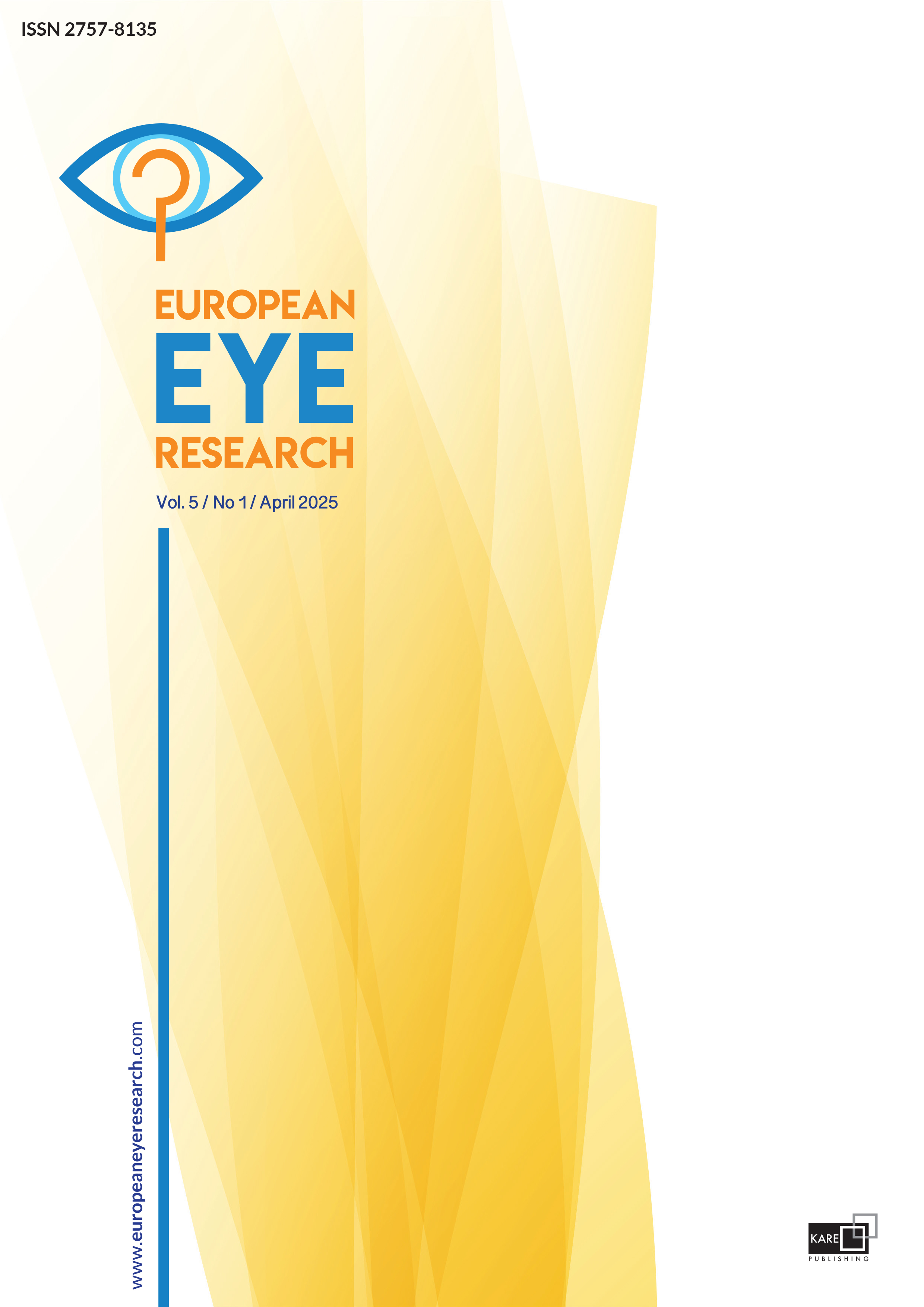

The effect of steep axis incision on astigmatism in cataract surgery
Kivanc Ozen1, Atilim Armagan Demirtas21Department of Ophthalmology, Bartın State Hospital, Bartın, Türkiye2Department of Ophthalmology, Health Sciences University, Tepecik Training and Research Hospital, Izmir, Türkiye
PURPOSE: This study aimed to evaluate the impact of clear corneal incisions on astigmatism in patients undergoing cataract surgery. The values of corneal astigmatism before and after surgery were compared, and the difference was analyzed.
METHODS: A total of 50 patients (50 eyes) with regular astigmatism who underwent phacoemulsification due to cataracts were included in this study. The patient’s pre-operative corneal astigmatism, keratometry values, and steep axis were cal-culated. The operation was performed by the same surgeon, and the phacoemulsification clear corneal incision was keratometrically placed on the steep axis. The results of the pre- and post-operative examinations of patients who underwent cataract surgery were retrospectively analyzed at the 1st month of astigmatism. The values of corneal astigmatism before and after surgery were compared, and the difference was examined.
RESULTS: The mean age of the patients was 67.9±6.7 years. Of them, 26 (52%) were women and 24 were men (48%). After surgery, the patient’s best-corrected visual acuity was 20/20. Furthermore, their mean keratometric steep axis was 108.6°±34.9°. It was observed that the patients’ pre- and post-operative corneal astigmatism were 1.24±0.7 diopter (D) and 0.83±0.58 D, respectively. When the values were compared, a difference of 0.41±0.25 D was observed, which was statistically significant (p<0.001). The mean pre-operative flat keratometry was 42.98±0.78 D, and the mean pre-operative steep keratometry was 44.24±0.78 D. On the other hand, the mean post-operative flat keratometry was 42.99±0.79 D, and the mean post-operative steep keratometry was 43.84±0.74 D.
CONCLUSION: Clear corneal incision during cataract surgery flattens the cornea in the meridian of the incision, which poten-tially lessens pre-existing astigmatism. This method can reduce glass dependence among patients in secondary hospitals with no available toric intraocular lenses.
Manuscript Language: English



